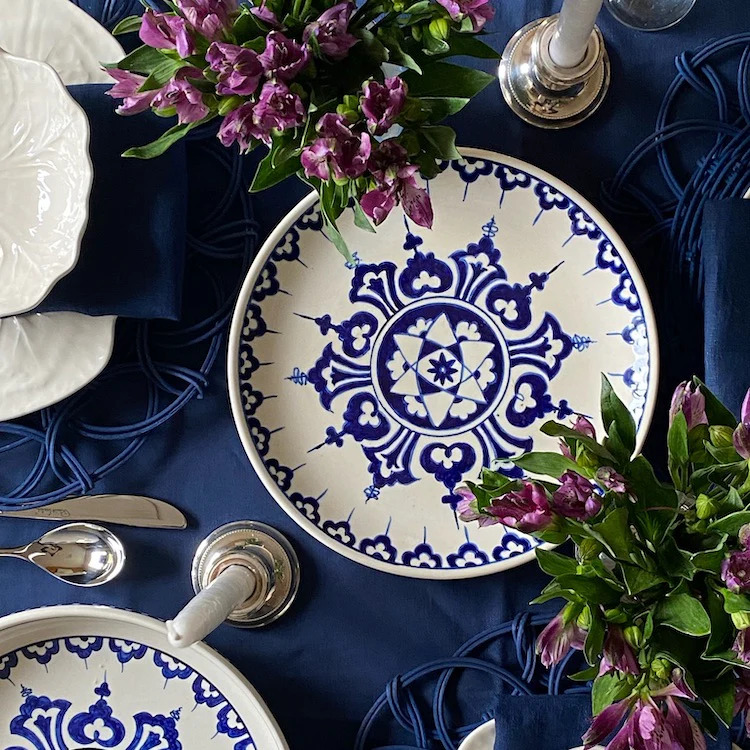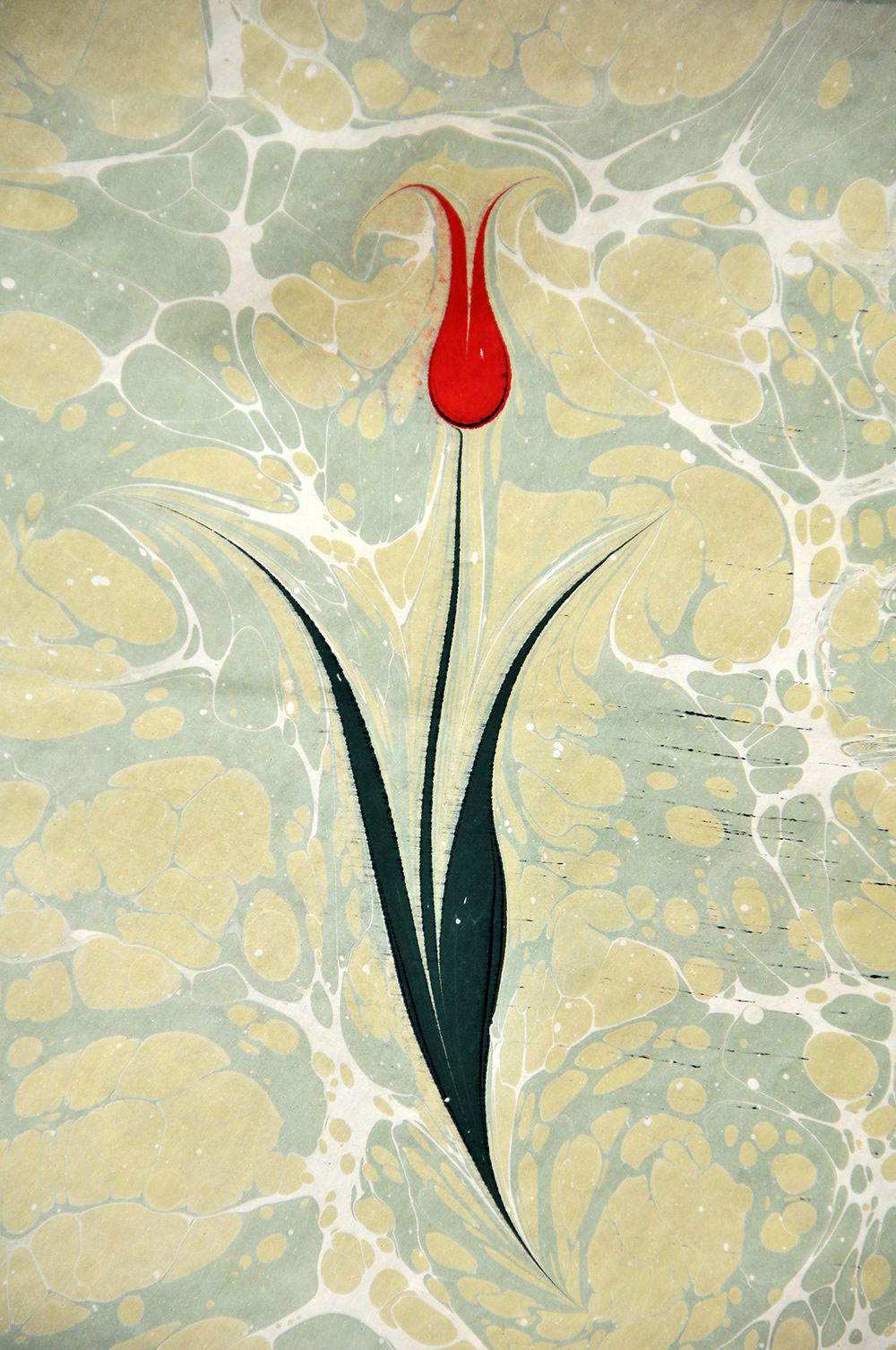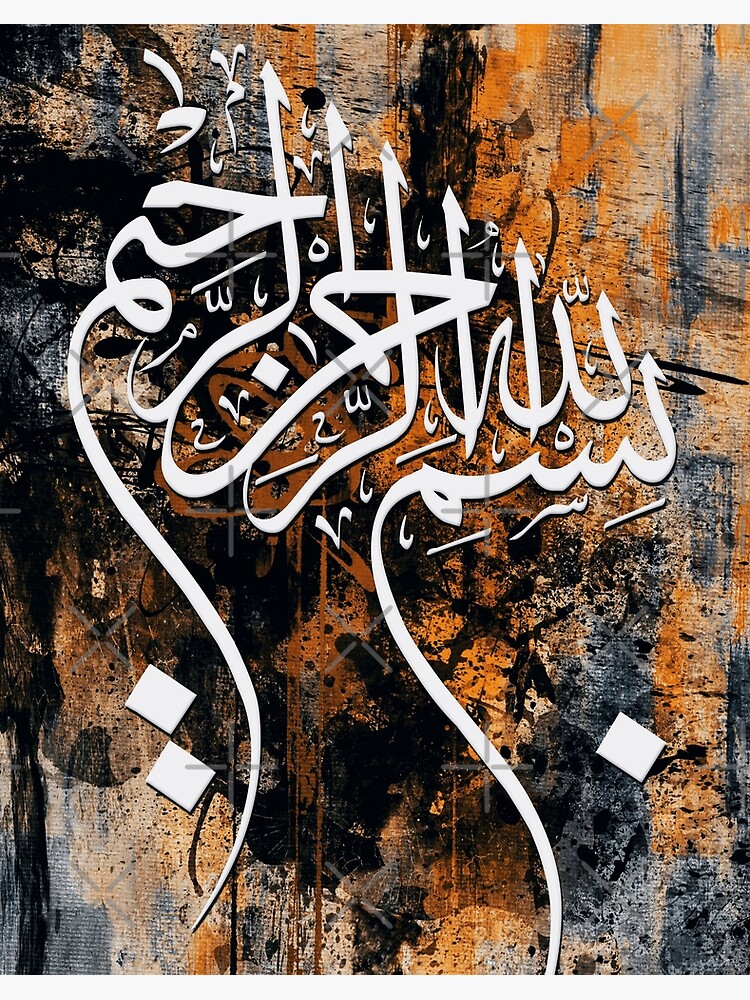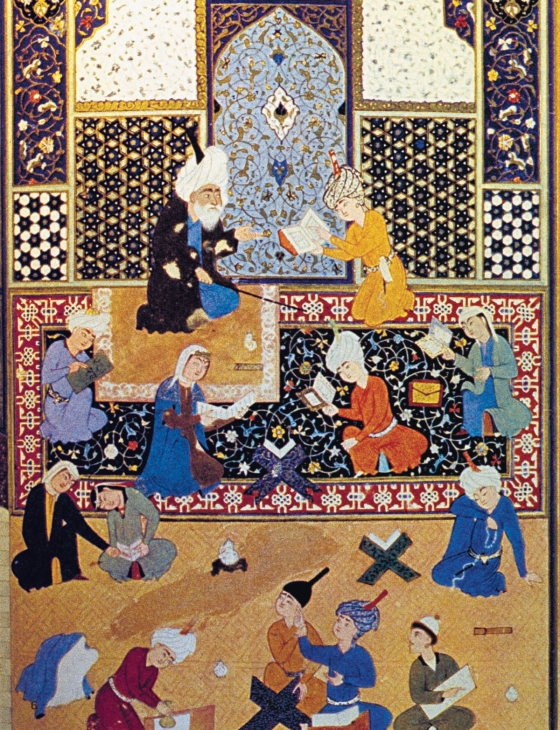Turkish Cultural Studies
Our Purpose & Aspiration
Mission
To illuminate the profound wisdom of Islamic mysticism and Turkish cultural heritage through rigorous academic inquiry and contemplative practice. We serve as a bridge between the timeless teachings of Sufi masters and contemporary seekers, fostering spiritual growth while maintaining scholarly excellence.
Vision
To establish a global sanctuary where the heart meets the intellect, where East embraces West, and where ancient wisdom illuminates modern paths. We envision our center as a beacon of spiritual and academic excellence, cultivating a new generation of scholar-practitioners.
Latest News & Updates
Stay informed about our activities and achievements

March 10, 2024
Harvard Partnership Announced
Our center establishes groundbreaking collaboration with Harvard's Middle Eastern Studies department for digital humanities project...
Read more →
March 5, 2024
International Ebru Exhibition Opens
Master artists from Turkey showcase traditional marbling techniques alongside contemporary interpretations in our gallery...
Read more →
February 28, 2024
$2M Research Grant Awarded
National Science Foundation supports our makam therapy research, exploring healing properties of traditional Turkish music...
Read more →Centers of Academic Excellence
World-class research institutes advancing knowledge in Turkish and Islamic studies
Institute for Sufi Studies
Leading research on Islamic mysticism, Rumi studies, and contemporary Sufi practices. Home to the world's largest digital archive of Sufi manuscripts.
Ottoman Research Center
Pioneering digital humanities projects preserving Ottoman archives. Collaborating with Harvard, Oxford, and Istanbul University on groundbreaking initiatives.
Traditional Arts Academy
Master workshops in calligraphy, ebru, tezhip, and miniature painting. Learn from UNESCO-recognized artists preserving centuries-old techniques.
Our multidisciplinary approach combines traditional scholarship with innovative research methods, creating a unique ecosystem for academic excellence.
Explore All Research CentersCultural Heritage Shop
Support traditional artisans and bring authentic Turkish culture to your home
OTTOMAN
DIGITAL LIBRARY
The sacred meeting place where centuries-old wisdom embraces the modern world. 50,000+ manuscripts, 15,000+ rare works.
"Seek knowledge even unto China"EXPLORE
- Prophet Muhammad (PBUH)
Educational Programs
Journey through the gardens of knowledge with master scholars and artisans
Academic Excellence
- Ottoman History & Civilization
- Islamic Philosophy & Theology
- Sufi Literature & Poetry
- Classical Turkish Language
- Quranic Studies & Tafsir
Traditional Arts
- Islamic Calligraphy (Hat)
- Ebru (Water Marbling)
- Tezhip (Illumination)
- Çini (Ceramic Arts)
- Miniature Painting
Professional Certification
- Museum & Heritage Studies
- Cultural Preservation
- Art Conservation
- Digital Archiving
- Islamic Finance
The Sacred Science of Musical Healing
In the Ottoman tradition, music was not merely entertainment but a sophisticated therapeutic system. The makams—modal structures in Turkish classical music—were prescribed by physician-musicians in the great healing centers (Daruşşifa) of the Islamic world.
Rast Makam
The makam of equilibrium and joy. Traditionally performed at sunrise, Rast brings mental clarity and restores the soul's natural harmony.
Hicaz Makam
The makam of divine yearning. Its mystical intervals open the heart to spiritual experiences and facilitate deep meditation.
Nihavend Makam
The makam of contemplation and peace. Prescribed for anxiety and insomnia, its gentle progressions calm the nervous system.
Ushak Makam
The makam of spiritual intoxication. Used in Sufi ceremonies, it induces states of ecstatic love and divine connection.
Experience Makam Therapy
Join our certified music therapists for transformative sessions that combine ancient wisdom with modern healing practices.
Gokturk Script
Ancient Turkic Writing
The Gokturk alphabet, also known as Orkhon script, is the oldest known Turkic writing system, dating back to the 8th century. Discovered on stone monuments in Mongolia, this runic script represents the earliest written records of Turkic languages.
Historical Significance
The script was used by the Gokturk Khaganate and provides invaluable insights into early Turkic history, culture, and language. Our center offers courses in reading and understanding these ancient texts.




